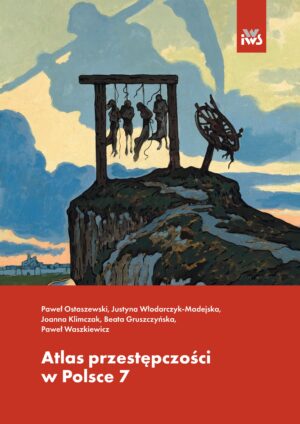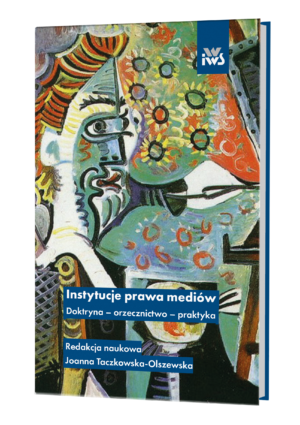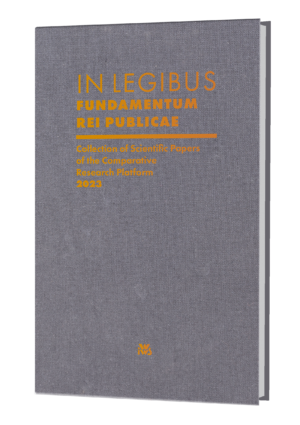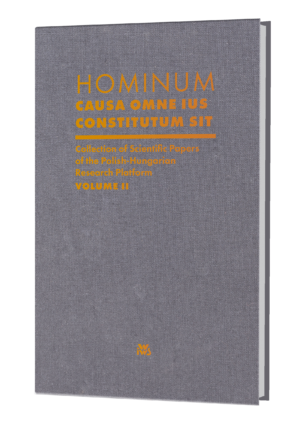Manuscript evaluation process
The evaluation procedure comprises of two consecutive phases:
![]()
PRELIMINARY EVALUATION PHASE
After receiving a manuscript, the Publisher conducts a preliminary evaluation to ensure that the submitted manuscript is consistent with the substantive and thematic scope designated by the Publisher.The decision to accept or reject a manuscript will be based on the following criteria:
![]()
SUBSTANTIVE REVIEW PHASE
Each submitted manuscript will be reviewed by two independent reviewers unconnected to the contributor’s affiliated academic institution. The Editorial Team will send all manuscripts that have been positively assessed during the in-house preliminary evaluation procedure for double-blind external review. The Publisher will make every effort to ensure that the majority of reviewers are academics with a post-doctoral degree or the full professor title. Due to the double-blind review requirements, the anonymity of the author and reviewers will be maintained throughout the review period. Reviewers will conduct their review based on the structure of the Review Comment Form. The purpose of the review process is to determine the academic relevance of the manuscript and its value for the relevant field of study. A reviewer may refuse to evaluate the submitted manuscript invoking a conflict of interest. Reviewers should refuse to conduct a review if they know the contributing author's identity or become aware of the author's identity in the course of the review process.
Each manuscript is subject to an individual and professional review, which must be conducted in an objective, accurate and conscientious manner and in compliance with the rules of ethics. Reviewers are not allowed to discuss the content of reviewed manuscripts with anyone other than the manuscript's editor ; a reviewer should refer any ethical violations to the manuscript's editor for further action.
Manuscripts are accepted for evaluation on an ongoing basis. The date of sending a manuscript for review is set promptly after the manuscript’s acceptance. Contributors receive regular updates on the progress and completion of the review. Upon receiving a manuscript, the reviewers have two weeks to present their assessment. Reviewers are obliged to notify the Publisher if they conclude that a submitted manuscript is not an original work or violates copyrights.
In the event that reviewers recommend minor changes to a manuscript, which, in their opinion, do not mandate another review, the author will be asked to amend the manuscript accordingly. If the review shows the necessity to introduce major changes to the manuscript, a new review may be carried out after their introduction. In such a case, the corrected manuscript may be reviewed twice. If, following two additional reviews, the reviewers consider the manuscript unsuitable for publication, it will be rejected without the right to re-submit.
If the reviewers differ in their assessment of a manuscript submitted for review, a third reviewer will be appointed. In accordance with the results of the review process, the Publisher reserves the right to accept or reject submitted manuscripts, as well as to recommend that the contributing author(s) should make editorial changes that do not affect the substance of submitted work.
After receiving review comments, the author has one month to submit the corrected version of the manuscript to the editorial team. If the manuscript is submitted after this time, it may be sent for a new review. Special cases will be dealt with separately by the Publisher. If a manuscript is accepted for publication, the pre-printing process (proofreading, typesetting, etc.) commences.
At the end of the publishing process, an advance copy of the manuscript is submitted to the author for final revision and approval. The contributor has three calendar days to approve the advance copy. If no reply is given within this time, the editorial team will assume that the contributor has expressed their tacit approval of the advance copy.
A request for changes: A request to introduce changes communicated to the author at any stage of the above process does not imply a commitment to publish the manuscript on the part of the Publisher. This obligation is undertaken only after the Publisher presents the author with a confirmation of the acceptance of a manuscript for printing.







